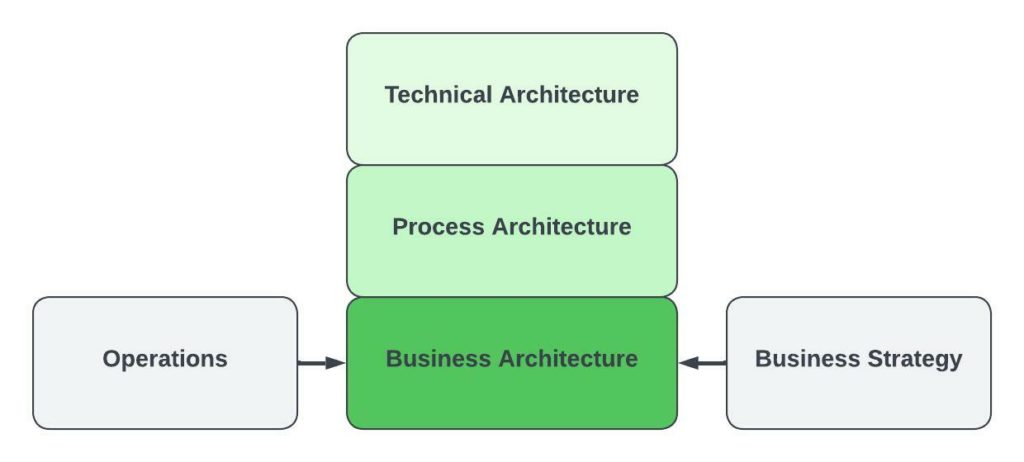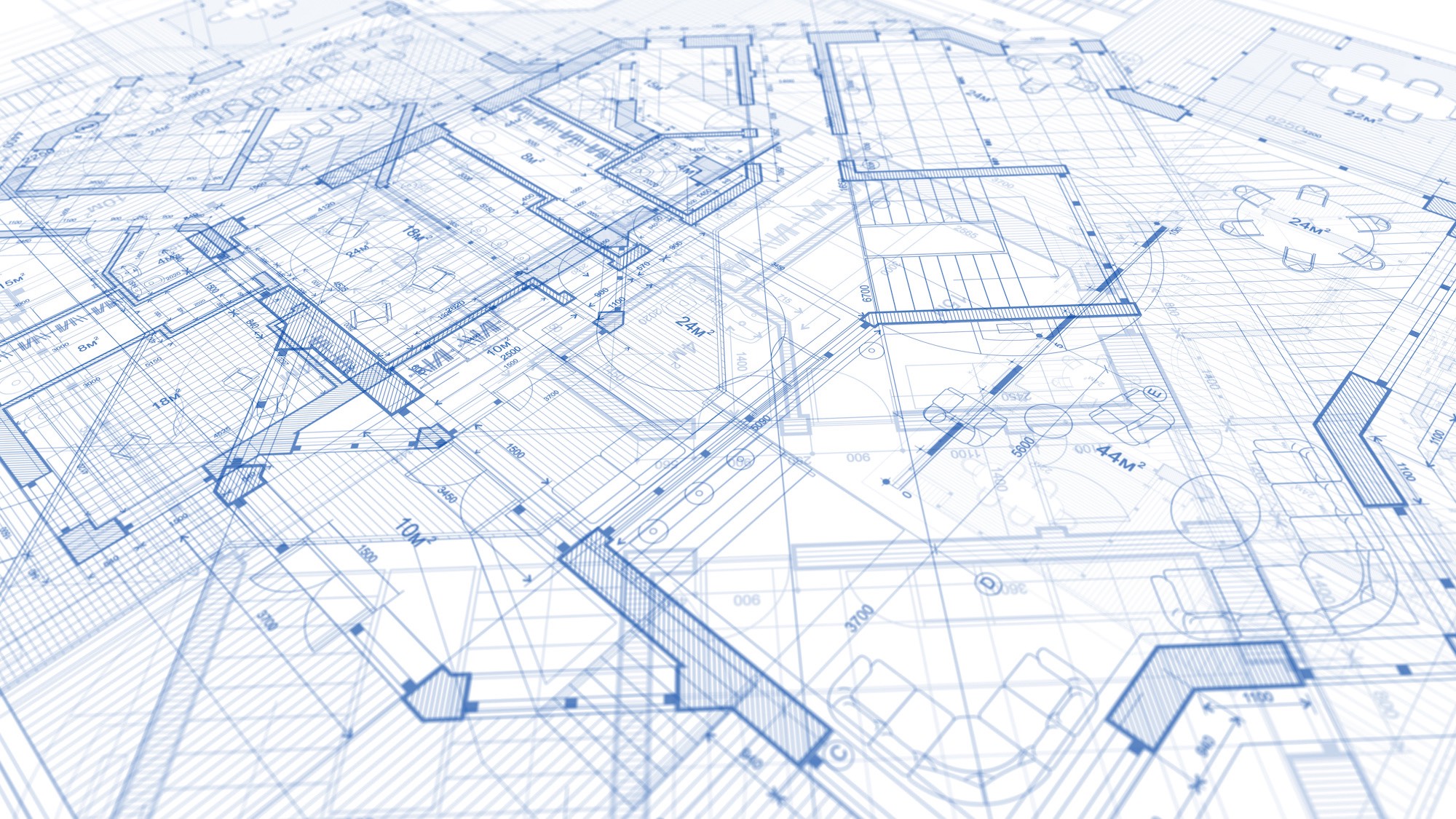Designing an effective technology architecture for your organization requires much more than just analyzing a number of software offers and choosing which seems to be best. For example, you must consider the risks of counter-productivity and costs wastages, let alone negotiating contract early terminations.
It goes without saying: every organizational function and capability exists in the service of the business. So how, then, do we connect our technology and technology architecture to the business? In this blog post, we explain how we designed and worked through this process for one of our largest clients.

What is Business Architecture?
First, we need to understand what the business architecture is for the specific client. Business architecture is not equivalent to organizational structure, which defines people and departments and their hierarchy. Rather, business architecture involves the functional groups within the organization and the responsibilities they have in the execution of business. These groups and responsibilities are defined and evolved both as a function of operations (the act of daily running the business) and also business strategy and goals, or where the business wants to be at some point in the future.
Changes Initiated by Operations
Changes to business architecture that are operationally related tend to occur gradually and more often as a reactive change in response to a need that has occurred. For example, a team may realize that their RMA processes for different product types may be made more efficient by aggregating the multiple groups presently performing this function for each product type. In other words, a business identifies a need and then responds by implementing an operational change to address that need — the change is reactive to a problem or need.
Changes Initiated by Business Strategy
On the other hand, changes brought on by business strategy are a function of anticipation. For example, say a business wants to manufacture a new product line. They may need to increase capacity, employ more workers, create a new factory, or establish a new partner relationship.
When developing a strategy for a technology architecture, it’s therefore important to understand how the business is evolving, what the business strategy is defining, and how this is architected.
Relating the business architecture to our technology strategy is what we call “the business requirements.”
From Business Architecture to Process Architecture
Once we have established our definition of the business architecture, the next stage is to understand (or design) the process architecture. Process architecture is the definition of how all these groups within the business architecture work together to get work done. For example, we have a shipping group at the warehouse who need to notify the finance department when a product is shipped so that sales can be recorded as revenue recognition.
Relating the process architecture to our technology strategy is what we call “the process requirements.”
From Process Architecture to Technology Architecture
After we understand the process that is needed, we can finally get to our technology architecture. Once we have our business requirements, we know what the technology needs to support; and once we have our process requirements, we know what processes need to be supported: Only then can we finally get to our technical architecture.
We design our technical architecture (often referred to as a tech stack) armed with the knowledge of what is required which provides us a greater chance of success.

Of course, this analysis can work both ways. Until now we have looked at developing technology to support the process and business. We can also look at technology to change how our process works and then also improve our business.
Technology Architecture and Process Improvement
Improving processes is generally referred to as ‘process re-engineering’. I say ‘generally’ because Process Re-engineering is also a science that was pioneered by Toyota for process continuous improvement leading to the Japanese auto industry boom of the ’80s. But as we relate to this concept in general, we can see how technology can improve process efficiency and speed.
For example, email replaced written office correspondence, fax machines, and so forth. Introducing a workflow software may also help reduce time inefficiencies. ERP (Enterprise Resource Planning) software used by manufacturers can integrate company financials with manufacturing such that everything from purchase to manufacturing the product is automatically accounted for in the company financials, etc.
Technology Architecture and Business Improvement
Technology is also known for changing and even enabling new business architectures. For example, a traditional business may introduce a new eCommerce method for selling its product and sell product through new channels, such as Amazon.
Conclusion
In conclusion, it’s important to understand that the role of technology and how it is architected must be considered in conjunction with the business and its process, both to enable but also to transform.






